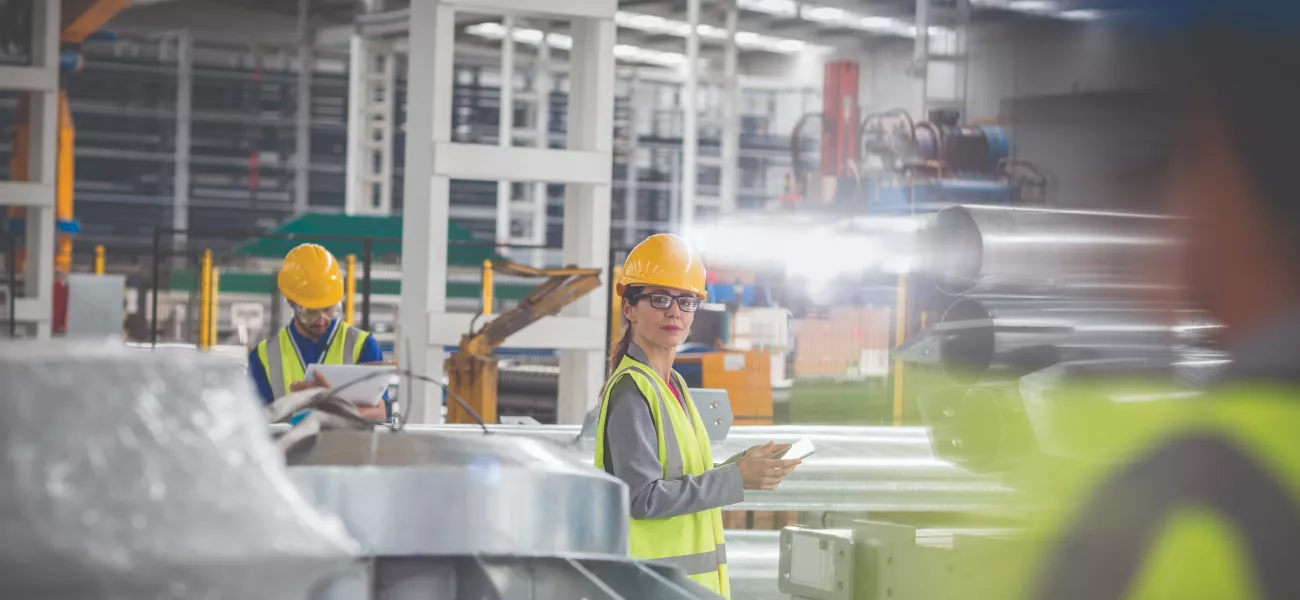
Workplace accidents continue to be a major global issue. According to the United Nations, nearly 2.78 million workers lose their lives annually due to occupational accidents and work-related illnesses, while an additional 374 million sustain non-fatal injuries. The problem is particularly severe in Asia, which accounts for 65% of global work-related deaths.
In 2022, Singapore implemented several Workplace Safety and Health (WSH) measures aimed at enhancing safety across various sectors. Key initiatives like stricter enforcement of safety regulations, enhanced workplace practices, and comprehensive training programs for employers and employees have significantly bolstered workplace safety. Additionally, the integration of advanced technologies to monitor and enhance safety standards has yielded measurable improvements in safety performance across diverse sectors.
Strengthening Workplace Safety Regulations
Singapore’s WSH measures include the following updates:
- Mandatory Video Surveillance Systems (VSS): As of June 1, 2024, all construction sites with contracts worth $5 million or more must install VSS to improve worker safety monitoring. These systems enable real-time responses to safety risks.
- Tougher Penalties: Under amendments to the Workplace Safety and Health (WSH) Act, companies found breaching safety regulations now face fines of up to $50,000, a significant increase from the previous $20,000 cap.
- Updated Machinery and Dust Safety Standards: From January 1, 2025, businesses must comply with new guidelines to ensure the safe operation of high-risk machinery and the management of combustible dust hazards.
These measures reflect a firm commitment to preventing workplace accidents and holding leaders accountable for maintaining safety standards.
Harnessing Technology for Safer Workplaces
Ensuring workplace safety is a shared responsibility between employers and employees. Leaders are tasked with creating secure environments, while workers must adhere to established protocols. Technology, particularly advanced video surveillance systems, plays a vital role in bridging gaps and reinforcing safety measures.
Today’s intelligent video systems offer much more than traditional monitoring. They can:
- Detect unauthorized entry into restricted or hazardous areas.
- Ensure workers comply with safety protocols, such as wearing helmets or harnesses, using PPE detection.
- Trigger man-down alarms to protect lone workers in emergencies.
- Identify potential safety hazards and other safety infringements such as smoking in restricted areas, personnel loitering in automated vehicles lanes, etc.
- Monitor dangerous driving behaviours, including speeding or driving in the wrong direction.
- Identify obstructions in evacuation routes or emergency exits, enabling timely action.
These systems operate continuously and with precision, reducing reliance on manual supervision while ensuring quick interventions when risks arise.
From Prevention to Insights
Video analytics do more than help prevent accidents; they provide valuable insights to enhance safety practices. By analyzing data, organizations can:
- Pinpoint frequent safety risks and high-risk zones.
- Track trends in non-compliance.
- Recognize patterns linked to specific times of day or seasons.
This data allows businesses to proactively address potential issues, minimizing risks before incidents occur. Additionally, high-quality video recordings can serve as powerful training tools, enabling teams to learn from real-life scenarios and strengthen their safety protocols.
Technology as a Cornerstone of Worker Protection
While workplace fatalities often make headlines, non-fatal injuries can be just as disruptive, leading to project delays, operational disruptions, and strained resources. Technologies like camera analytics, wearable safety devices, integrated audio systems, and access controls help organizations mitigate risks comprehensively.
The requirement for mandatory VSS on large construction sites highlights the role of technology in addressing industry-specific safety challenges. Coupled with stricter penalties and updated safety standards, these advancements underline Singapore’s dedication to fostering a culture of safety.
Workers are the foundation of every business, and leveraging modern technologies ensures their well-being while maintaining operational efficiency. By combining human vigilance with video analytics, audio, access control and wearable devices, companies can create safer workplaces, boost productivity, and build a culture that prioritizes care and accountability.
